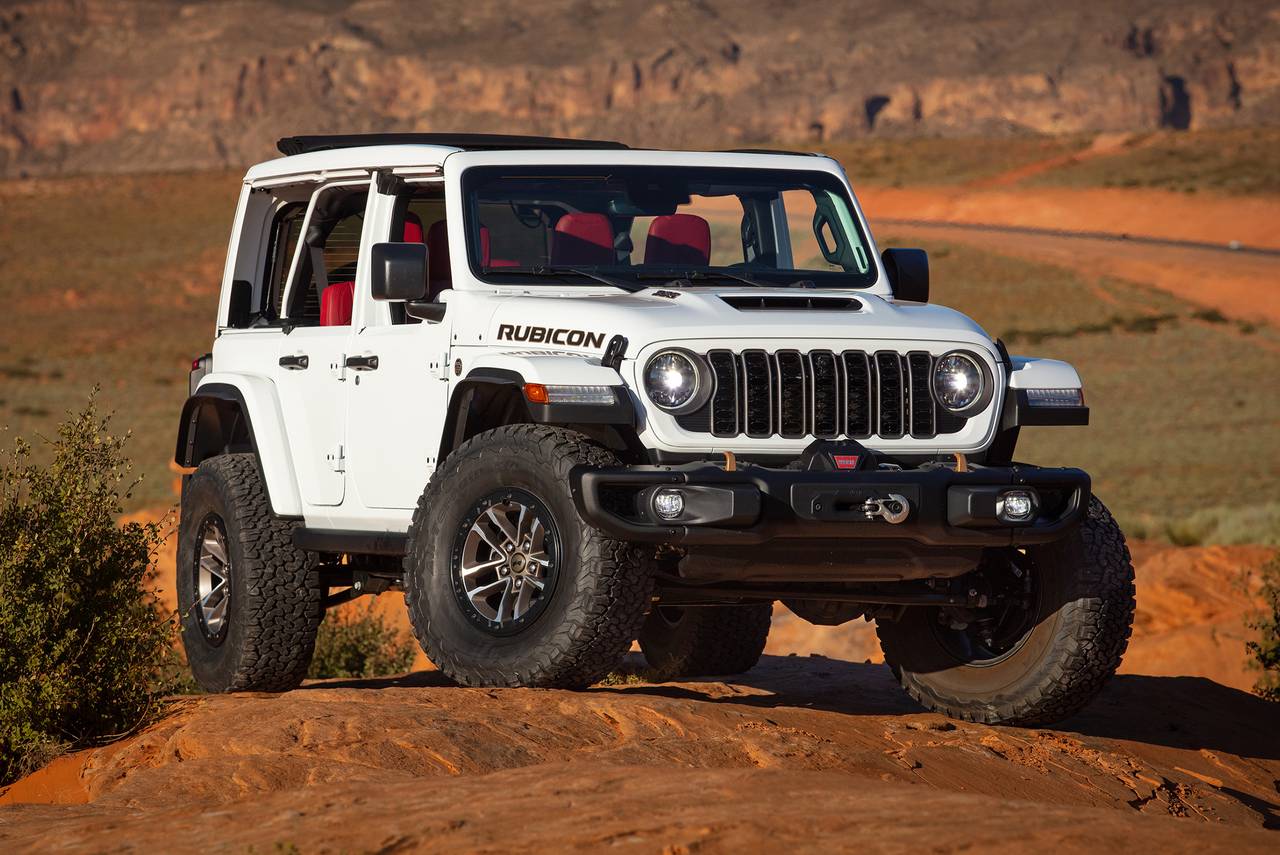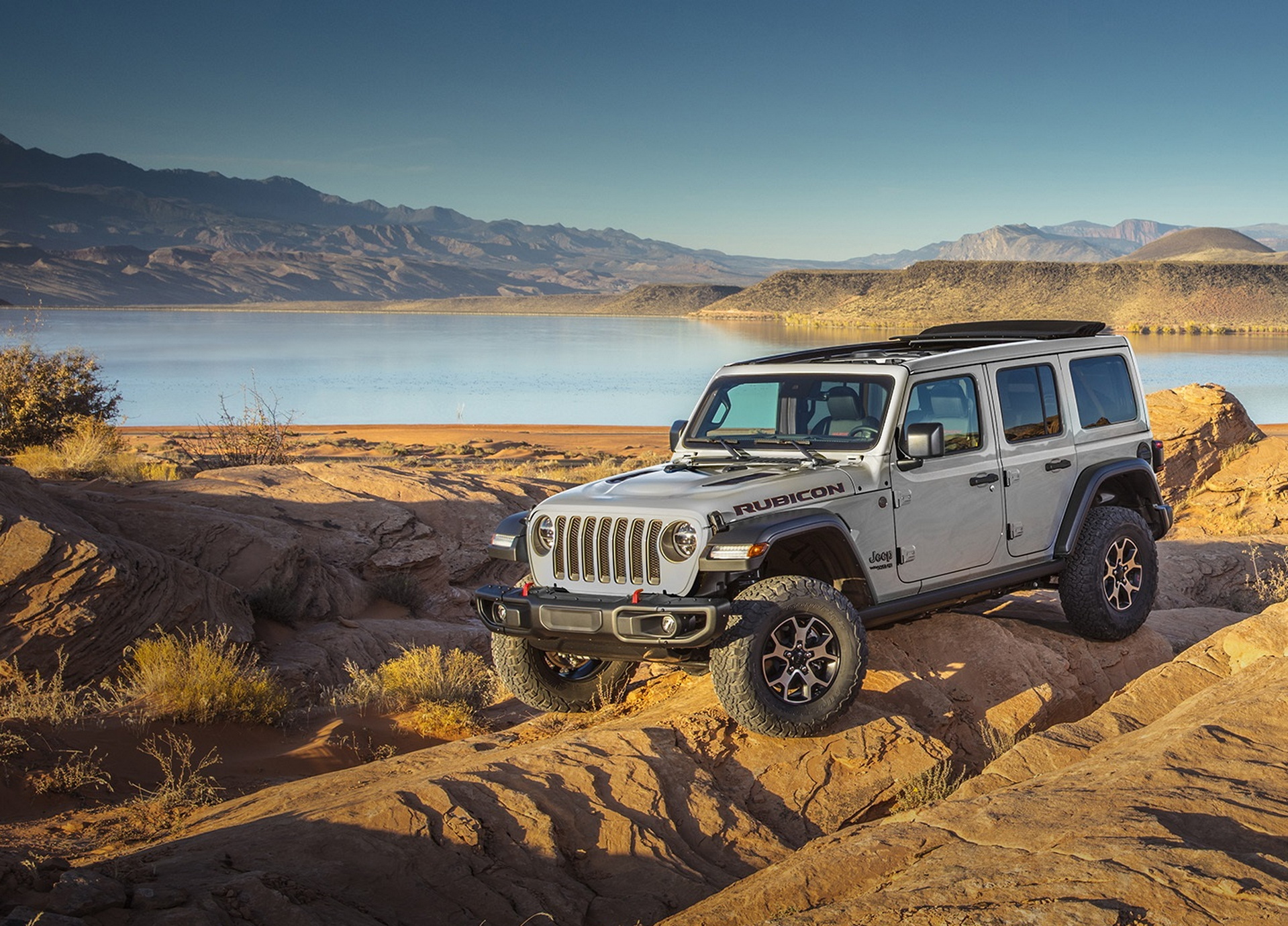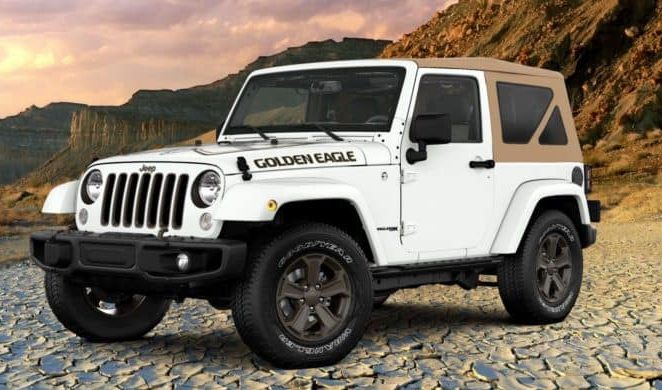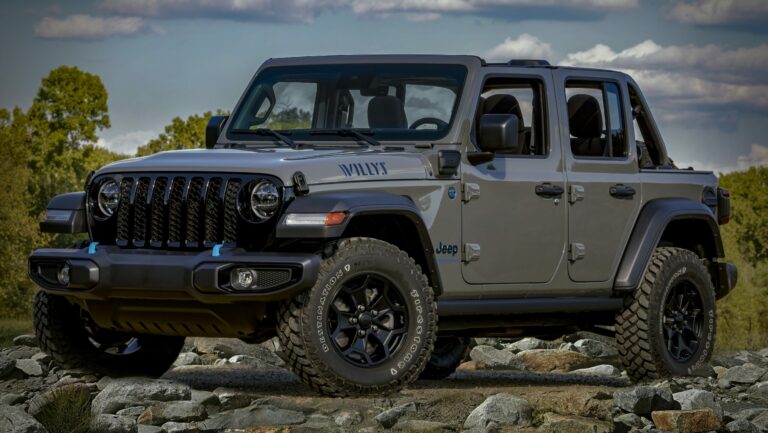Jeep Grand Cherokee WK Wiki: Your Definitive Guide to the Third Generation Grand Cherokee
Jeep Grand Cherokee WK Wiki: Your Definitive Guide to the Third Generation Grand Cherokee jeeps.truckstrend.com
The Jeep Grand Cherokee, a name synonymous with American adventure and capability, has evolved significantly through its various generations. Among these, the third generation, internally designated as the WK, stands out as a pivotal model that blended rugged off-road prowess with modern on-road refinement. For owners, prospective buyers, and enthusiasts, navigating the nuances of this specific generation can be a complex endeavor. This comprehensive article aims to serve as your Jeep Grand Cherokee WK Wiki – a centralized, detailed resource designed to demystify the WK, offering insights, practical advice, and essential information that mirrors the depth of a community-driven knowledge base. Whether you’re researching a purchase, troubleshooting an issue, or simply deepening your appreciation for this iconic SUV, this guide is your go-to reference.
Understanding the WK Generation: A Foundation of Innovation
Jeep Grand Cherokee WK Wiki: Your Definitive Guide to the Third Generation Grand Cherokee
The WK generation of the Jeep Grand Cherokee was produced from 2005 to 2010, marking a significant departure from its WJ predecessor. Designed under DaimlerChrysler, it adopted a new independent front suspension, a first for the Grand Cherokee, significantly enhancing its on-road handling and ride comfort without sacrificing its legendary off-road capability. The WK maintained a solid rear axle, ensuring durability and articulation for challenging terrains. Its exterior design was more angular and aggressive, signaling a modern take on the classic Grand Cherokee silhouette.
This generation introduced a range of powerful engine options, advanced four-wheel-drive systems, and a more upscale interior, appealing to a broader market while retaining its core enthusiast base. It represented Jeep’s commitment to innovation, balancing the demands of daily driving with the brand’s adventurous spirit. Understanding its foundational design and purpose is crucial for anyone engaging with this versatile vehicle.
Key Features, Powertrains, and Trim Levels
The WK Grand Cherokee offered a diverse array of features, making it adaptable to various needs and budgets.
-
Engine Options:
- 3.7L PowerTech V6: Standard engine for Laredo models, offering adequate power for daily driving and reasonable fuel economy.
- 4.7L PowerTech V8: A popular upgrade, providing more horsepower and torque for towing and spirited driving.
- 5.7L HEMI V8: The flagship engine, known for its robust power output and Multi-Displacement System (MDS) for improved fuel efficiency at cruising speeds. This engine truly transformed the WK into a performance SUV.
- 6.1L HEMI V8 (SRT8): Exclusively for the high-performance SRT8 model, this engine delivered blistering acceleration, turning the Grand Cherokee into a genuine performance machine.
- 3.0L CRD V6 (Diesel): Offered in some markets, this Mercedes-Benz-sourced diesel engine provided excellent torque and fuel economy, appealing to those who prioritized efficiency and towing.


-
Four-Wheel Drive Systems:
- Quadra-Trac I: A basic full-time 4WD system, providing continuous power to all four wheels without a low-range transfer case. Ideal for light snow or gravel.
- Quadra-Trac II: An active full-time 4WD system with a two-speed transfer case (4-Lo), offering better off-road capability and traction management.
- Quadra-Drive II: The most advanced system, featuring electronic limited-slip differentials (ELSDs) on both front and rear axles, providing superior traction in extreme off-road conditions by actively sending power to the wheels with grip.

-
Trim Levels:
- Laredo: The base model, still well-equipped with standard features like air conditioning, power windows, and a decent audio system.
- Limited: A step up, adding features like leather seats, power-adjustable front seats, automatic climate control, and often the 4.7L V8.
- Overland: The premium trim, boasting luxurious appointments such as navigation, heated seats, wood trim, and often the HEMI V8 with Quadra-Drive II.
- SRT8: The performance variant, distinguished by its unique styling, massive Brembo brakes, sport-tuned suspension, and the formidable 6.1L HEMI.
These options allowed the WK to cater to a wide range of consumers, from those seeking a reliable family SUV to off-road enthusiasts and performance junkies.
Common Issues, Maintenance, and Solutions
Like any vehicle, the WK Grand Cherokee has its share of common issues that owners should be aware of. Proactive maintenance is key to mitigating these.
- TIPM (Totally Integrated Power Module) Failure: A notorious issue, the TIPM controls various electrical functions. Symptoms include intermittent power to accessories, fuel pump issues, or lights staying on. Solution: Replacement of the TIPM.
- HVAC Blend Door Actuators: These small motors control airflow and temperature. Failure leads to inconsistent heating/cooling or air only blowing from certain vents. Solution: Replacement of the faulty actuator(s), often requiring dashboard disassembly.
- Front Suspension Components: Due to the independent front suspension, ball joints, control arm bushings, and sway bar links can wear out over time, leading to clunks, rattles, or poor handling. Solution: Inspection and replacement of worn components.
- Rust: Common on older models, especially in areas where salt is used on roads. Check rocker panels, frame rails, and suspension mounting points. Solution: Rust treatment, undercoating, or body repair.
- Transfer Case Issues: Primarily with Quadra-Trac II and Quadra-Drive II, issues can arise from improper fluid changes or sensor failures. Solution: Regular fluid changes with the correct fluid type, diagnosis of fault codes.
- Transmission Shifting Issues: Can be related to low fluid, sensor problems, or internal wear. Solution: Proper diagnosis, fluid and filter change, or professional transmission repair.
Maintenance Tips:
- Regular Oil Changes: Crucial, especially for HEMI engines with MDS.
- Transmission Fluid and Filter: Follow manufacturer’s recommendations or perform more frequently for heavy use.
- Differential and Transfer Case Fluids: Often overlooked, but vital for 4WD system longevity.
- Brake System: Inspect pads, rotors, and fluid regularly.
- Tire Rotation and Alignment: Essential for even tire wear and proper handling.
- Spark Plugs: Critical for optimal engine performance, especially on HEMIs.
By being aware of these potential issues and adhering to a strict maintenance schedule, WK owners can significantly extend the life and reliability of their vehicle.
Modifications and Upgrades: Enhancing Your WK
The WK Grand Cherokee is a popular platform for modifications, catering to both off-road enthusiasts and those seeking aesthetic enhancements.
- Lift Kits: Ranging from mild leveling kits (1.5-2 inches) to full suspension lifts (2.5-4 inches or more). Lifts allow for larger tires, increasing ground clearance and off-road capability. Actionable Insight: Choose a lift kit that matches your intended use (mild trails vs. serious rock crawling) and consider upgrading other suspension components simultaneously.
- Wheels and Tires: Larger, more aggressive all-terrain or mud-terrain tires dramatically improve off-road traction and give a more rugged look. Practical Advice: Ensure tire size clears suspension and body components, especially after lifting. Consider wheel backspacing to prevent rubbing.
- Armor and Protection: Skid plates for the engine, transmission, transfer case, and fuel tank are essential for serious off-roading. Rock sliders protect the rocker panels. Benefit: Prevents costly damage from rocks and obstacles.
- Lighting Upgrades: LED light bars, fog lights, and upgraded headlights improve visibility during night driving and off-road excursions.
- Performance Enhancements: Cold air intakes, aftermarket exhaust systems, and engine tuning (especially for HEMIs) can unlock more horsepower and torque. Consideration: Some performance mods may affect emissions or warranty.
- Interior Upgrades: All-weather floor mats, seat covers, and infotainment system upgrades enhance comfort and practicality.
Modifying your WK can be a rewarding experience, tailoring the vehicle to your specific needs and adventures. Always research reputable brands and consider professional installation for complex modifications.
Buying Guide: What to Look For When Purchasing a WK
Acquiring a used WK Grand Cherokee requires careful consideration to ensure you’re getting a reliable vehicle.
- Pre-Purchase Inspection (PPI): This is paramount. Have a trusted mechanic (ideally one familiar with Jeeps) perform a thorough inspection, checking for common WK issues, rust, fluid leaks, and overall mechanical health.
- Service Records: Request detailed service history. A well-maintained vehicle is a good indicator of responsible ownership.
- Check for Recalls: Ensure all applicable recalls have been addressed.
- Test Drive:
- Listen for unusual noises (clunks, squeals, grinding).
- Check transmission shifting – should be smooth, without harsh jerks or slipping.
- Test 4WD system – engage 4-Lo (if equipped) and drive a short distance in a safe area.
- Verify all electrical components work (windows, locks, HVAC, radio, lights).
- Pay attention to steering feel and brake performance.
- Rust Inspection: Pay close attention to the frame, rocker panels, suspension mounting points, and around the wheel wells.
- Trim Level and Features: Decide which features are important to you. The Limited and Overland trims offer a more premium experience, while the Laredo is a solid, more basic choice.
- Engine Choice: The 3.7L V6 is reliable but can feel underpowered. The 4.7L V8 offers a good balance. The 5.7L HEMI provides excellent power but may have higher fuel and maintenance costs. The SRT8 is a niche performance vehicle.
Actionable Insight: Don’t rush the purchase. Be prepared to walk away if a vehicle shows too many red flags or if the seller is unwilling to provide transparency or allow a PPI.
Price Guide: Estimated Values for the WK Grand Cherokee
As a "wiki" for the WK Grand Cherokee, understanding its current market value and potential costs associated with ownership is crucial. Please note that these are estimated values and can vary significantly based on mileage, condition, trim level, engine, geographic location, and market demand.
| Category | Item | Estimated Cost Range (USD) | Notes |
|---|---|---|---|
| Used Vehicle Purchase | Laredo (V6/V8) | $4,000 – $9,000 | Lower end for higher mileage/rougher condition; higher end for well-maintained, lower mileage. |
| Limited (V8) | $5,000 – $11,000 | Popular choice, good balance of features and power. | |
| Overland (V8) | $6,000 – $13,000 | Premium features, typically well-maintained. | |
| SRT8 | $12,000 – $25,000+ | Highly variable based on condition, mileage, and originality. Performance vehicles hold value differently. | |
| Diesel (3.0L CRD) | $6,000 – $12,000 | Rarer in some markets, but sought after for torque/efficiency. | |
| Common Repairs (Parts + Labor) | TIPM Replacement | $800 – $1,500 | Can be a significant expense. |
| HVAC Blend Door Actuator (per) | $200 – $600 | Labor-intensive if dashboard removal is required. Multiple actuators may fail. | |
| Front Ball Joints (pair) | $400 – $800 | Essential for safe handling. | |
| Transfer Case Service (Fluid/Filter) | $150 – $300 | Preventative maintenance; actual repair could be much higher. | |
| Basic Brake Job (Front/Rear) | $300 – $600 (per axle) | Pads & rotors. Brembo brakes on SRT8 are significantly more expensive. | |
| Common Modifications (Parts + Labor) | 2.5" Lift Kit (Basic) | $500 – $1,500 (Parts Only) / $1,000 – $2,500 (Installed) | Varies greatly by brand and components included (shocks, springs, control arms). |
| Set of All-Terrain Tires | $800 – $1,500+ | Depending on size and brand. | |
| Aftermarket Wheels | $600 – $2,000+ (set) | Style and brand dependent. | |
| Skid Plate Package | $400 – $1,000+ | Varies by material (steel/aluminum) and coverage. | |
| Annual Running Costs | Insurance (Average) | $1,000 – $2,500 | Highly dependent on driver, location, coverage, and vehicle value (SRT8 higher). |
| Fuel (Average) | $1,500 – $3,000+ | Based on mileage and fuel prices. HEMI engines will be on the higher end. | |
| Routine Maintenance | $500 – $1,000 | Oil changes, tire rotations, air filters, etc. Can be higher if unexpected repairs arise. |
Frequently Asked Questions (FAQ) about the WK Grand Cherokee
Q1: Is the WK Grand Cherokee reliable?
A1: Generally, yes, especially if well-maintained. However, like any vehicle of its age, specific common issues (like the TIPM and blend doors) should be addressed. Proactive maintenance and addressing issues promptly are key to reliability.
Q2: Which engine is best for the WK?
A2: It depends on your needs. The 3.7L V6 is adequate for daily driving and light use. The 4.7L V8 offers a good balance of power and efficiency. The 5.7L HEMI is excellent for towing and performance. The 3.0L Diesel is great for torque and fuel economy (where available). The 6.1L SRT8 is for pure performance enthusiasts.
Q3: How capable is the WK off-road?
A3: Very capable, especially models equipped with Quadra-Trac II or Quadra-Drive II. The independent front suspension improved articulation and ride quality, while the solid rear axle maintained durability. With appropriate tires and a mild lift, it can tackle challenging trails.
Q4: What’s the difference between Quadra-Trac I, II, and Quadra-Drive II?
A4: Quadra-Trac I is a basic full-time 4WD. Quadra-Trac II adds a low-range transfer case for better off-road control. Quadra-Drive II is the most advanced, adding electronic limited-slip differentials to both axles for maximum traction in extreme conditions.
Q5: Are parts readily available for the WK?
A5: Yes, as a popular model, parts are generally easy to find, both OEM and aftermarket, through dealerships, auto parts stores, and online retailers.
Q6: What should I look for when buying a used WK?
A6: Key areas include rust (especially in northern climates), proper functioning of the HVAC system (blend doors), electrical issues (TIPM), and the overall condition of the suspension components. Always get a pre-purchase inspection.
Conclusion: Embracing the WK Legacy
The Jeep Grand Cherokee WK generation represents a significant chapter in the Grand Cherokee’s storied history, offering a compelling blend of on-road comfort, robust power options, and undeniable off-road prowess. As this Jeep Grand Cherokee WK Wiki has illustrated, understanding its features, common issues, and maintenance requirements is essential for owners and enthusiasts alike. While no vehicle is without its quirks, the WK, with proper care and attention, continues to be a versatile and reliable companion for daily commutes and adventurous escapes. Its enduring popularity in the used market and thriving aftermarket support are testaments to its well-engineered design and the enduring appeal of the Jeep brand. By utilizing the insights provided in this guide, you can confidently navigate the world of the WK Grand Cherokee, ensuring that your journey, whether on the pavement or the trail, is as rewarding as the vehicle itself.





